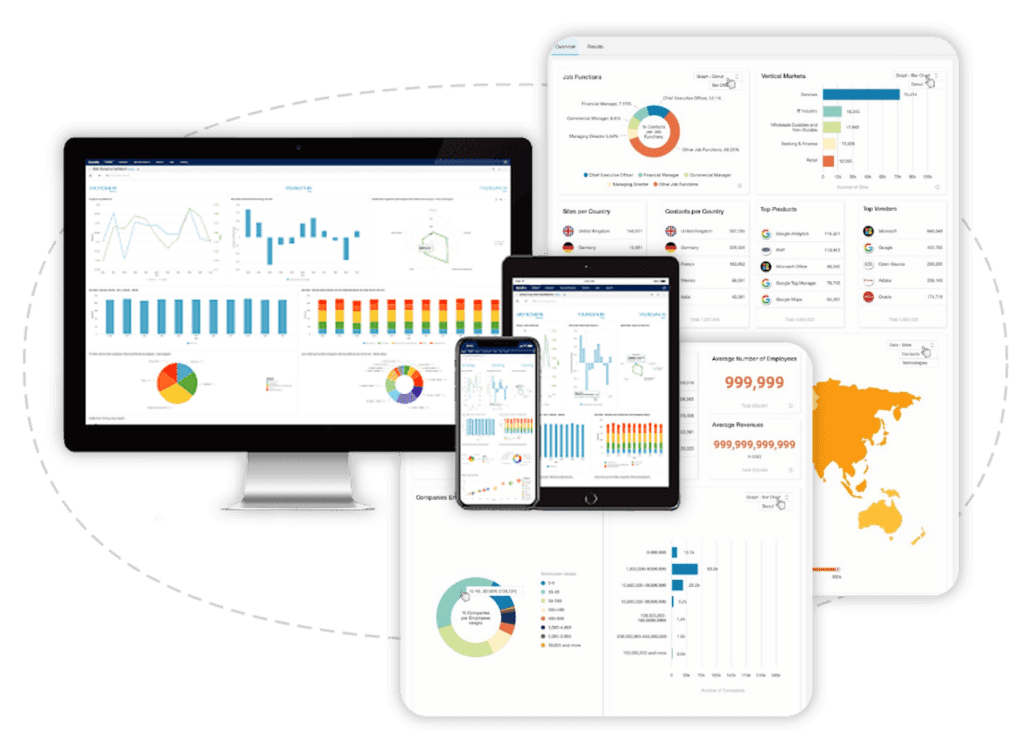What is B2B Segmentation?
B2B market segmentation is grouping your target marketing into unique audience segments based on their common characteristics.
Business owners and marketers understand their target market better through segmentation and make informed approaches. By making informed approaches,there is a higher chance of qualifying leads,nurturing them through their sales journey,and closing sales.
Is B2B Segmentation Important?
B2B Segmentation,while carrying risks of assumptions,is still effective in personalizing marketing strategies. It also increases lead targeting efficiency. Here are some of the advantages elaborated on B2B segmentation marketing.
Raises Sales and Reduces Marketing Costs
B2B segmentation gives insight into leads with pain paints that your product or service can resolve. It also reduces marketing costs by avoiding “tire kickers” or interested people who cannot afford your product or service. Instead,it lets you focus on leads with the most potential to buy.
Improves the Personalization of B2B Marketing Messages
Persuasion is different from the ability to make the person understand. It is the ability to make the person feel understood. B2B segmentation gives targeted marketing by understanding their behavior and needs.
Prioritizes Resources on the Most Profitable Leads
Segmenting the market reveals the “big fish” in your market. They are the ones that will give you the highest profit worth your time,workforce,and costs. These leads can be big businesses that can afford your service. They can also be businesses that are expanding.
Identify Growth and Business Opportunities
B2B segmentation helps identify new markets. For example,an invoice maker software business may discover that digital marketing companies use their product as an invoice record-keeping tool. They can then take action to increase their sales by targeting similar companies.
What is the Difference between B2B Market Segmentation and B2C Market Segmentation?
B2B segmentation is more complicated than B2C. It involves more decision-makers,thus making the buyer’s journey longer.
B2B products are also more complicated and require more time for leads to understand how they can benefit from them.
While buying is more rational in B2B segmentation,it also requires a foundation of trust based on Personal relationships. B2B leads are Business owners looking for Business Partners they can rely on.

Types of B2B Market Segmentation
There are various types of approaches to B2B Segmentation. Using more than one type of B2B segmentation is advised to get better insights into your market segments. Here are the five kinds of B2B segmentation.
- Behavior-based
- Firmographics
- Profitability Tiering
- Customer Sophistication
- Customer Needs
Each approach has its own advantages and limits. This is where Neuron360 comes in to give you more accurate data for more effective segmentation.
What is Rhetorik’s Neuron360
Neuron360 helps you simplify each type of segmentation. It is a powerful B2B market segmentation tool with access to a secure database on:
- Over 60 million B2B decision-makers
- Over 200 million company profiles worldwide (including firmographics and technographic)
- Over 800 million public professional profiles
All data it contains is compliant by design and updates nearly real-time. It lessens the assumptions made during segmentation analysis. It is standardized and translated into 46 languages from 164 countries to extend your global reach.
How Neuron360’s Technographic Profiles Help You with Behavior-based Segmentation
Behavior-based B2B segmentation is helpful for businesses whose goal is to increase customer loyalty or repeat purchasing.
Whether you have a SaaS (software as a service),web apps,or other tech products or services,Neuron360 allows you to find out who uses them. Neuron360 contains the technographic profiles of companies internationally. It reveals the tech stack of your leads so that you can determine their interest in your tech offer. You can filter:
- Over 180 categories
- Over 7,000 vendors
- Over 9,000 products
Through Neuron360’s technographics,we can identify your customer base. We can then use this information as part of your ideal customer profile and buying personas alongside firmographics.
You can also use customer behavior analysis to outshine the competition.
Neuron360’s technographic profiles allow you to see each company’s products and services that they use besides yours. It also lets you discover the vendors that they partner with,enabling you to leverage their data as follows:
- Determine products or services similar to yours that you have an advantage over
- Discover complimentary products or services that will need yours to improve their operations

How Neuron360 Helps You with Firmographics Segmentation
Firmographics is the B2B version of B2C demographics. You can reveal the common characteristics of your past leads and customers through firmographics by location,company size,and more.
Neuron360 contains detailed firmographics of over 200 million companies globally. It includes industry sectors,locations,number of employees,and yearly revenues for precise targeting.
You can use Neuron360 to find what companies you can target by industry sector or geographic location (with company contact information included). However,more than firmographics is needed. Use the other methods described below to analyze your market segments in-depth.
How Neuron360’s Firmographic Profiles Improve Profitability Tiering
Profitability Tiering is the classification of your leads by their potential value. It allows you to prioritize the most profitable leads at the exact cost of time and effort.
Through Neuron360’s firmographic profiles,we can determine their lifetime value by how big their company is by revenue and number of employees. We can target the most profitable leads by the size of the industries that they are in.
Neuron360: Reach New Clients at a Global Scale
Neuron360 is the global solution for client acquisition. It contains compliant by design global data (standardized and translated just for you) that updates in real-time for market segmentation accuracy.
Using a combination of different B2B market segmentation,you can obtain specific insights and prioritize your segments. Through accurate data,you have a better head start in testing client outreach and revising them for improvements. Ready to see it for yourself? Click the button below to learn more.